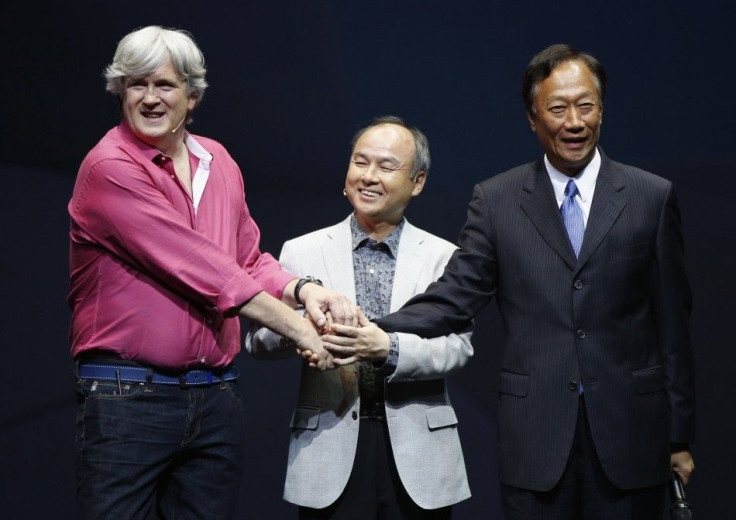Real-Life 'Big Hero 6' Baymax Robot As Healthcare Provider Could Happen 'Soon'

The well-loved robot in "Big Hero 6" may come to people's lives soon as a real-life healthcare provider. Apparently, the inspiration for the gigantic Baymax came from an actual soft robotic work being done at Carnegie Mellon University.
According to the Hollywood Reporter, the movie's development called for a visit to the robotic field of study in Carnegie Mellon University. Eventually, "Big Hero 6" filmmakers found their inspiration for Baymax from the soft robotic work being done at the university. While the idea of a robot for a healthcare provider seems too futuristic, one of the professors at the Robotics Institute thinks otherwise. Chris Atkeson insists that a real-life Baymax could be happening soon.
"Robots as caregivers - it's going to happen," he said, attributing his convictions to the fact that "there are a lot of people who need physical help - people with disabilities, older people."
"Terminator-like technology is scary; if it falls on someone or closes its hand [at the wrong time], it could seriously injure someone," he added.
As to how realistic these robot caregivers are, Atkeson claims the "body part is relatively close." However, the "brain" part would need a lot of work done. The robot would have to be created with the ability to "see and tell what's going on, make good decisions and be able to interact with people."
However, the question of safety is of utmost consideration when employing robots as health care providers. Most robots are made of metal, which could easily cause harm to humans. So Atkeson suggests a "Baymax-safe" robot, one that is still harmless even when it crashes. Apparently, "Big Hero 6" got its concept for their animated robot from Atkeson's suggestion of making the machine "light as possible," which is to make it inflatable.
Don Hall and Chris Williams, co-directors of "Big Hero 6," almost decided on creating a robot made out of spare parts. However, the said concept has already been used several times, much like the 2011 Shawn Levy film "Real Steel." According to Inquisitr the pair wanted something original for their robot. They wanted their Baymax to be "fresh and new, appealing and huggable." Fortunately, a trip to Carnegie Mellon University gave them their inspiration. According to Don Hall Baymax's character was extracted from a crude inflatable arm the directors saw at the Robotics Institute. Hall admitted Baymax's entire persona came from the filmmakers' research trip to the university.
Credit: YouTube/Walt Disney Animation Studios





















